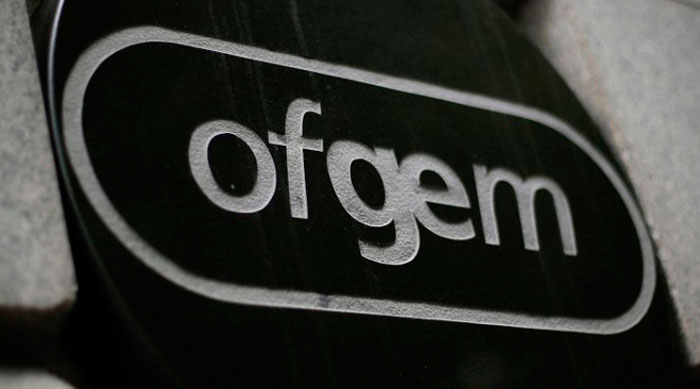According to global real estate services provider Savills, the take-up of warehouse space around Heathrow Airport amounted to 1.14m sq ft (105,909 sq m) in 2015, a significant 17% drop from the previous 12 months. Availability across the airport presently stands at 2.07 million sq ft (192,309 sq m) and primarily based on the five-year average take-up of 1,394,832 sq ft (129,584 sq m) with last year’s decrease blamed on a tightening of good quality supply around core locations. Based on this current trend, Savills believes there’s just 1.4 years of remaining supply. However, Bonnie Minshull, Director at the South East industrial team at Savills, admits measures can improve the situation. “Although there was a drop in take-up last year, we still saw significant activity in the Heathrow market. A number of speculatively developed schemes, including Prologis Park Heathrow and SEGRO’s Stockley Close, were either let or under offer within 12 months of practical completion, which reflects the strength of demand for Grade A units in prime locations.” Indeed, occupational demand remains strong despite the lack of available space, with 487,795 sq ft (45,317 sq m) of Grade A stock coming through the site last year. That’s the highest number since 2011. In line with high demand, prime rents have additionally continued to rise. Savills predicts that rents are prone to improve further when quite a few new schemes come to the market later in 2016, with SEGRO’s last unit at The Portal quoting £17.50 per sq ft (£188 per sq m). At the moment, alongside The Portal, a number of new schemes are set to finish in 2016, which is able to bring a total of 1.02 million sq ft (94,761 sq m) to the market. Developments including Heathrow Logistics Park, Skyline, and Prologis Park West London will all assist to alleviate the present scarcity of premium inventory over 50,000 sq ft (4,645 sq m). “Despite there being several new schemes in the pipeline, space is likely to remain constrained for the foreseeable future,” remarks Minshull. “If freight volumes continue to grow as forecast, our research predicts that Heathrow will need up to 14m sq ft of extra warehouse space by 2030 to meet requirements. “Furthermore, to date the third runway hasn’t really featured on occupiers’ radars, however if the north-west runway, as recommended by the Davies commission, gets the green light this summer, construction is expected to commence as soon as 2019. As a result, we expect to see businesses in buildings which are likely to be compulsorily purchased start to look for alternative premises sooner rather than later, which is likely to lead to even further demand.”








